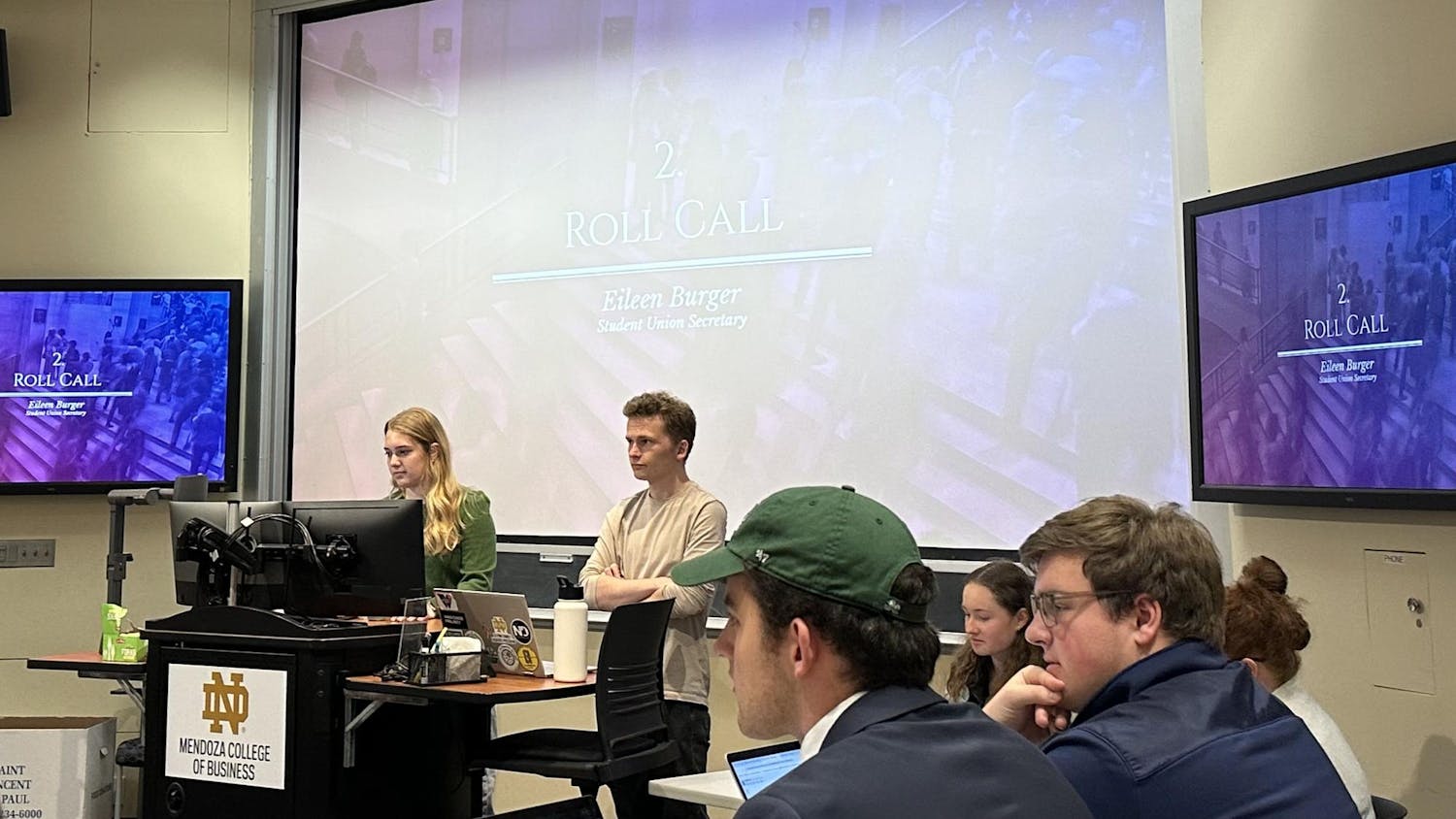Imagine a prototypical superbug, a bacterium that mutates seemingly overnight from inexplicable causes and evolves resistance constantly to nearly every known antibacterial agent, even miracle drugs like penicillin. Methicillin-Resistant Staphylococcus aureus (MRSA) is one such superbug, and a team led by ShahriarMobashery, the Navari professor in life sciences, recently published a groundbreaking study resolving a decades-long mystery in a crucial mechanism of its antibacterial resistance.
Mobashery's lab has a long history of researching MRSA, having undertaken numerous studies of the pathogen in the last 12 years, he said.

"It is estimated that roughly about 100,000 Americans per year get infected by it, and about 19,000 die from it on an annual basis, so it is considered one of the top six human pathogens in terms of clinical importance," Mobashery said. "The question that I was curious about, a dozen years ago when we started working in this area, is that what it took for the common, garden-variety Staph aureus to become the nasty, clinically-difficult MRSA."
Staph aureus presents a unique challenge because it is a commensal human pathogen and colonizes the skin and moist surfaces of the body naturally, Mobashery said. Its closeness with humans has made it particularly dangerous given the development of resistance to major antibiotics.
"Staph aureus typically was treated with the class of compounds known as beta-lactams," Mobashery said. "This class of compounds includes things like penicillins, cephalosporins and carbapenams. Overnight they became resistant to this class of drugs."
The source of this resistance, the foreign genes, is still relatively unclear, Mobashery said. The genes that provide the resistance form an inducible system that is only turned on in the presence of antibiotic.
"To produce all these resistance determinants is very costly for the organism," Mobashery said. "It pays the cost of holding onto the genes, but it doesn't turn them on to make proteins until it's absolutely necessary, so this is some of the complexity of the situation. The organism is very insidious because, biochemically, it's very efficient: it doesn't activate processes it doesn't need; it doesn't invest in resistance until the antibiotic is given."
Mobashery said he focused his study on a particular protein, penicillin-binding protein 2a (PBP2a), responsible for one type of antibacterial resistance in the pathway.

"So penicillin-binding protein 2a, in the work that we have just published, shows the unbelievable complexity that this organism has developed in fighting antibiotics" Mobashery said.
"In 2005, my group showed in a study that this protein is normally silent until it has to become active for its physiological role. The organism biochemically communicates with this protein and says, 'It's time to do the physiological role,' which is, in the case of this protein, the final stage of bacterial cell wall assembly.
The cell wall is a critical component of the bacterium that it has to have or it dies. Penicillin, for example, normally shuts down the assembly of the cell wall and the organism dies."
The protein PBP2a avoids antibiotics like penicillin that bind to the active site and render it catalytically inactive by means of a separate site on the protein that controls whether the active site is open or not, known as an allosteric site, Mobashery said.
This active site must be open in order to help assemble the cell wall, and the nascent cell wall controls, via binding to the allosteric site, whether the active site is open to receive another strand of the nascent cell wall, and hence the protein avoids inhibition by beta-lactam antibiotics, Mobashery said. He said his group provided definitive evidence of this process in its recent study.
"By crystallography we have shown where the allosteric site is, how the drug binds to the allosteric site and how the nascent cell wall binds to the allosteric site. It opens up a level of regulation of function of this enzyme that, prior to our work, was unknown," he said. "This protein has been around for 50 years, and we just solved the riddle of how it works. It is an opportunity for design of future generations of antibacterials."
In the end, Mobashery said he characterizes his group's findings as crucial, but just another step in the ongoing battle against the spread of particularly pernicious strains of MRSA.
"One has to be searching for new classes of antibiotic on a constant basis because resistance to antibiotics is inevitable," he said. "Sooner or later you're going to have rampant resistance against any class of antibacterial. I personally think it's a very exciting time because the tools that are available make a lot of these studies possible."












